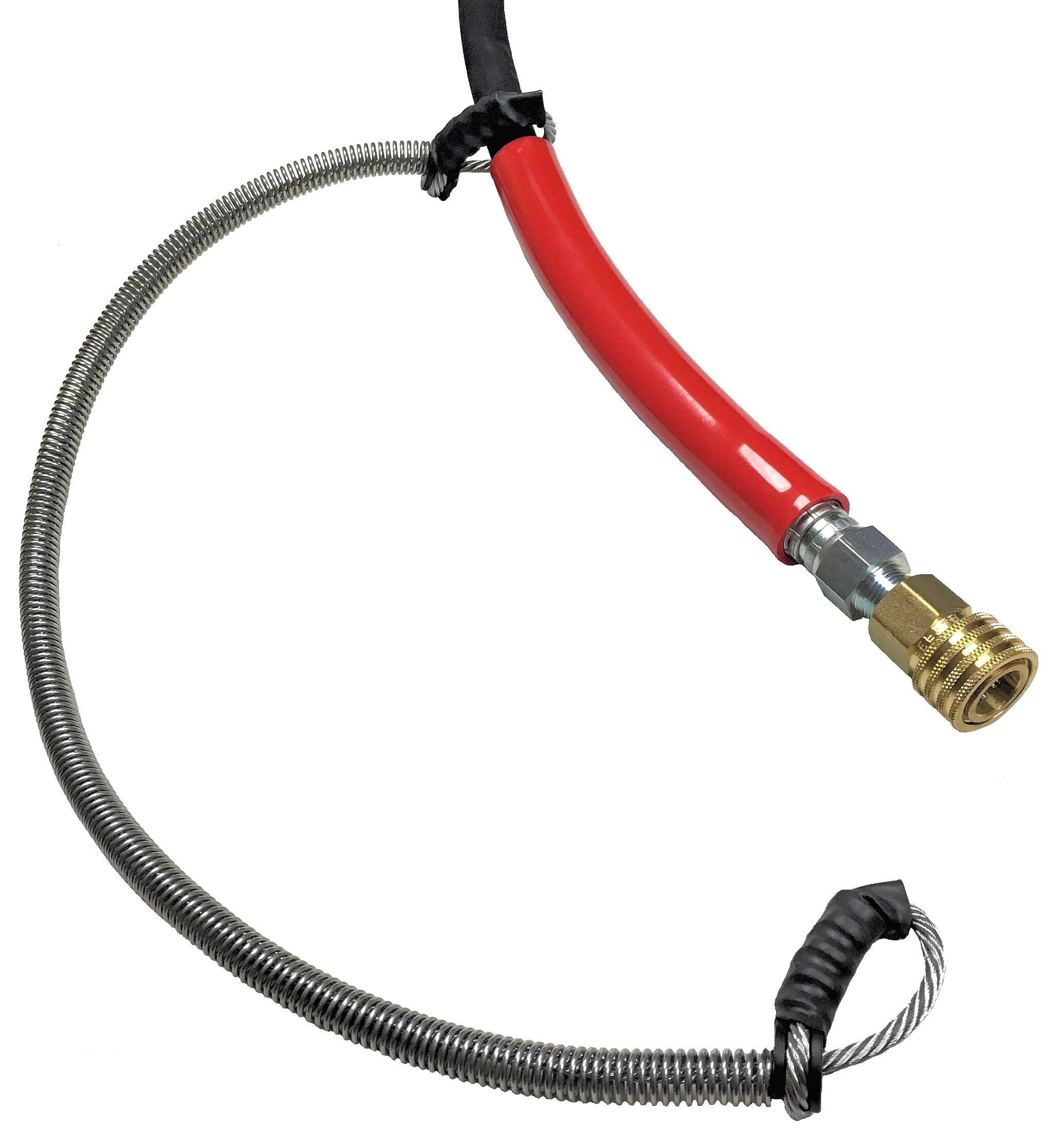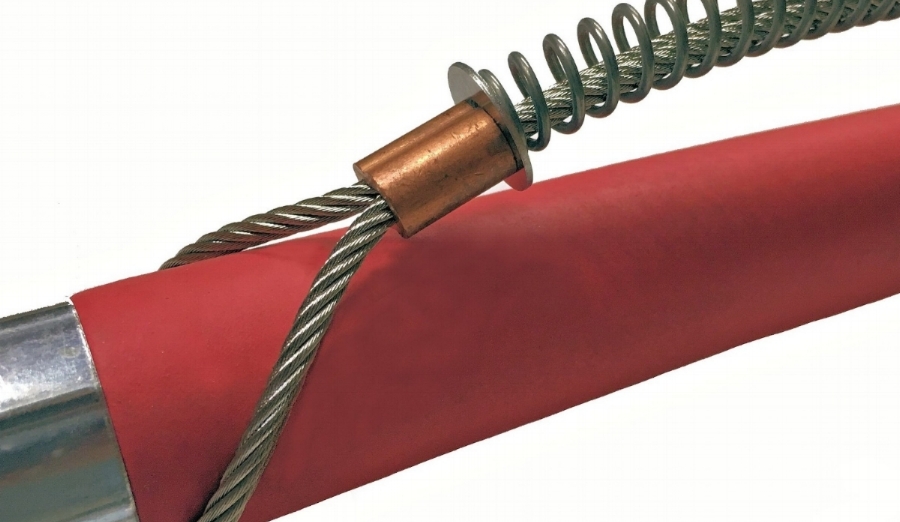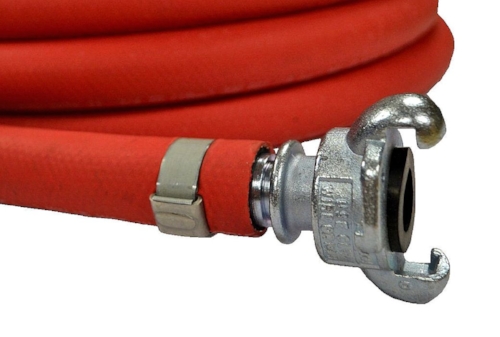Hose Diameter and the Force Created by a Hose Failure
Hose operators and safety supervisors should take note the correlation between hose working pressure and the amount of force created during a hose failure. Hose diameter is often considered in hose safety restraints only to ensure that the restraint will properly fit the hose. In fact, the force from a hose failure significantly increases as the hose diameter increases. Before you skip over a lower pressure but larger diameter hose to ensure that a high pressure but small diameter hydraulic hose is restrained, consider this information:
Compressed product like air creates more force than non compressed media like hydraulic fluids. We de-rate our safety restraints by 50 percent to cover this added hazard.
A 2” diameter 500 PSI bull air hose assembly will create nearly 1600 lbs of force, which is the same as a 1/2 inch hydraulic or pressure cleaning hose at 8000 PSI. At a 50 percent de-rating, you can see that the 2 inch restraint will have to be far heavier grade than the 8000 PSI 1/2 inch hose even though it is running at less than 1/10th it’s operating pressure.
A 3/4” diameter hose at 3000 PSI creates 1,325 lbs of force while going up just one size to a 1 inch hose increases to 2,350. Going one more size to 1-1/4 hose ID increases to over 3600 lbs of force. Treating the 3/4” and 1” ID hose the same ignores the potential additional 1000 lbs of force in the event of a hose failure.
Larger hoses have especially significant jumps in lbs of force. A 5 inch ID concrete placement hose operating at 600 PSI puts out 11,750 lbs of force while increasing to a 6 inch hose increases to nearly 16,000 lbs.
Hose Force calculation: Divide the hose inside diameter X 2. Multiply that by itself. Multiply that by PI (3.1416). Multiply that by the operating pressure (not the hose pressure rating but the application pressure). This is your static load rating. Example for a 1-1/2” ID hose with 300 operating PSI: 1.5 divided by 2 = 0.75… 0.75 X 0.75 = 0.5625… 0.5625 X 3.1416 = 1.7672… 1.7672 X 300 = 530 Lbs of force.
These hazards should not be ignored in choosing a hose restraint. So before you go for a one size fits all approach, consider the hazards, minimize risk and keep workers and those in the area safe. Whether you select a nylon hose restraint, hose cable choker, or hose whip stop system, ensure that it is rated for the appropriate potential force that your hose system can cause during a failure. Equally important, ensure that what you are restraining to can also handle the same force or greater.







